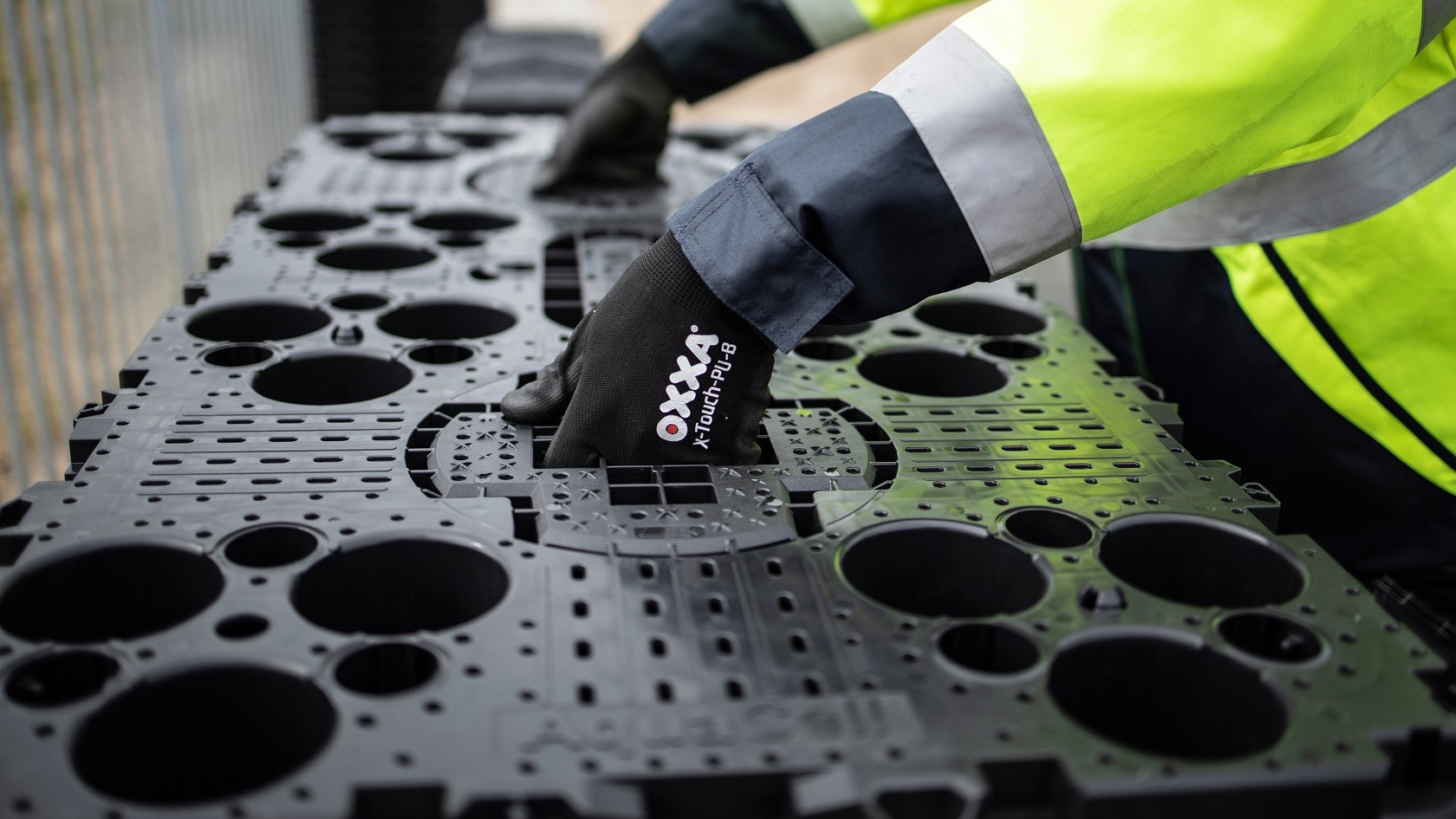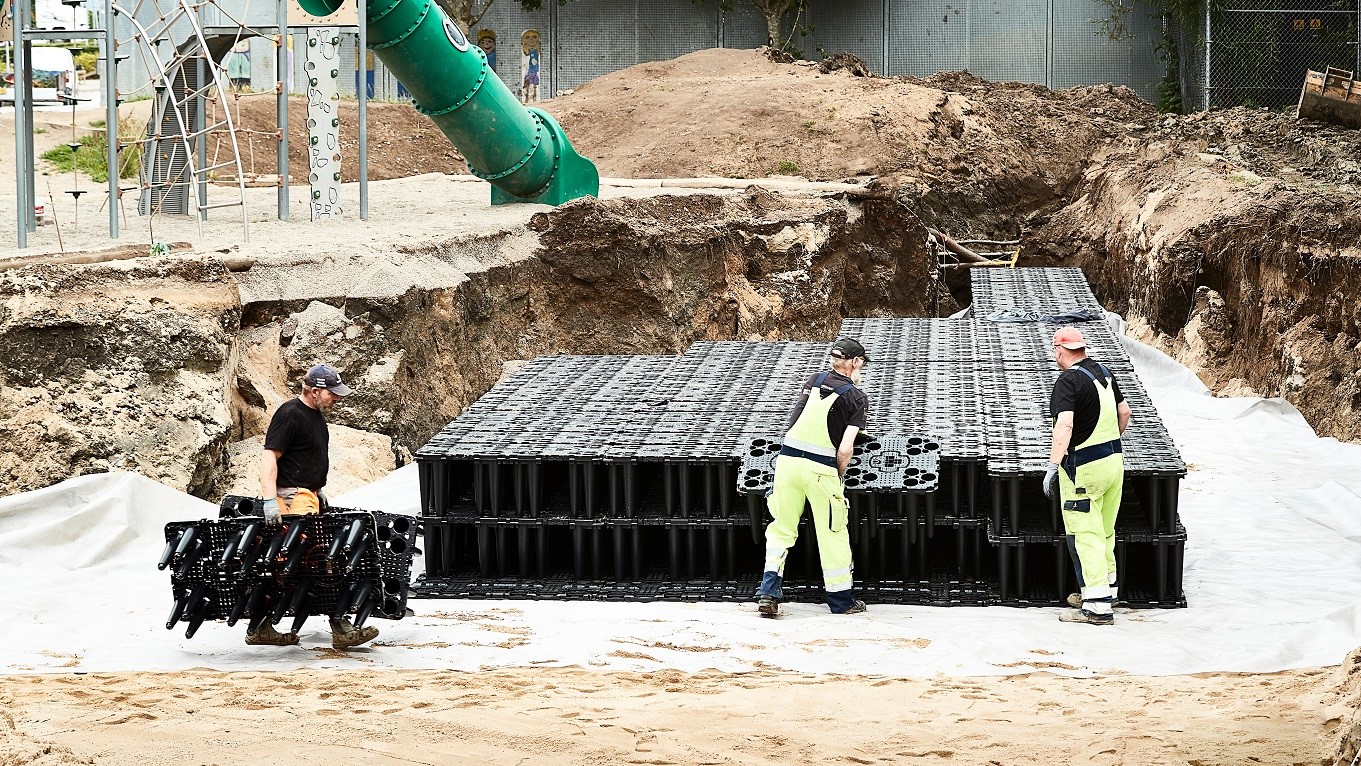Schedule 3 refers to a clause within the Flood and Water Management Act 2010, which was not implemented when the rest of the legislation was introduced, but is now firmly on the horizon following a review by the Department for Environment, Food and Rural Affairs (DEFRA). It is a move that has been welcomed by many, but implementing the legislation successfully without causing hold-ups on projects will be an entirely new challenge.

The long-awaited arrival of Schedule 3, which requires all developments over 100m2 to include sustainable drainage systems for planning approval to be granted, is a significant step forward in the delivery of urban water resilience. It is a powerful endorsement, and one which many industry voices have been calling for since the legislation was first postponed in 2014. A recent open letter from The Chartered Institution of Water and Environmental Management (CIWEM) is a great example of this, in which they powerfully made the case for a truly sustainable approach to stormwater management.[1]
However, in practice, we can’t expect developers to be immediately fluent in how sustainable drainage systems (SuDS) work, and should do all we can to smooth the road when the legislation comes into force.
Building a mindset
The introduction of Schedule 3 is an exciting development – a sign that mindsets are shifting and the way in which we manage water in urban environments is changing. It’s about time we recognised that a system of funnelling stormwater out of town as fast as possible isn’t sustainable, particularly using outdated drainage infrastructure that will always struggle to cope. It’s important that this progress doesn’t just become another box to tick in the planning process, but instead represents the beginning of a new approach mirroring the natural water cycle that we’ve disrupted with urbanisation.
We need to advocate strategies that incorporate humanmade interventions, such as attenuation tanks, alongside more natural systems like tree pits, soakaways and swales. That means helping both developers and their potential customers to buy into the value that SuDs bring – not just for stormwater management, but also for improving biodiversity, water quality and more. For housebuilders in particular, collaboration with manufacturers is as much about catering to the 82% of home buyers who consider green spaces and flood resilience important when purchasing, as it is the practical aspect of how to plan and install SuDS.[2]
Education, collaboration, adaptation
As Schedule 3 brings SuDS into even greater focus, our understanding of how we implement these systems, and establishing this early in the construction process will become more important than ever to avoid delays to projects. Flexibility and active collaboration with industry experts will be key to the success of Schedule 3.
Collaboration will need to extend from manufacturer to developer to local authority, with all parties sharing their expertise to ensure successful installation and adoption. This is where parts of the industry that have been working with SuDS for some time can step up to educate on best practice.
Sustainable drainage will never be a one-size-fits-all solution, and the reality on live sites will often throw up unforeseen challenges. By working closely with developers to ensure they are aware of their regulatory obligations, manufacturers can help them to quickly bring their projects in-line with the latest industry standards in the most logical way for their project.
Moving forwards
The dawn of Schedule 3 doesn’t mean it’s time to sit back and watch SuDS do their work. Instead, we need to face up to the reality of implementing these solutions on every project, as well as navigating the new regulatory environment set up by the legislation. To get the best out of Schedule 3, we need to foster a culture of collaboration that recognises that we all have a stake in the success of SuDS.
For more information about Wavin and the next generation attenuation and infiltration solutions, visit : www.wavin.co.uk/nextgen
[1]https://www.ciwem.org/assets/pdf/Policy/Letters/Rishi%20Sunak%20re%20Schedule%203%20Dec%202022.pdf
[2] https://blog.wavin.com/en-gb/value-of-sustainable-drainage-systems-suds-to-new-home-buyers




